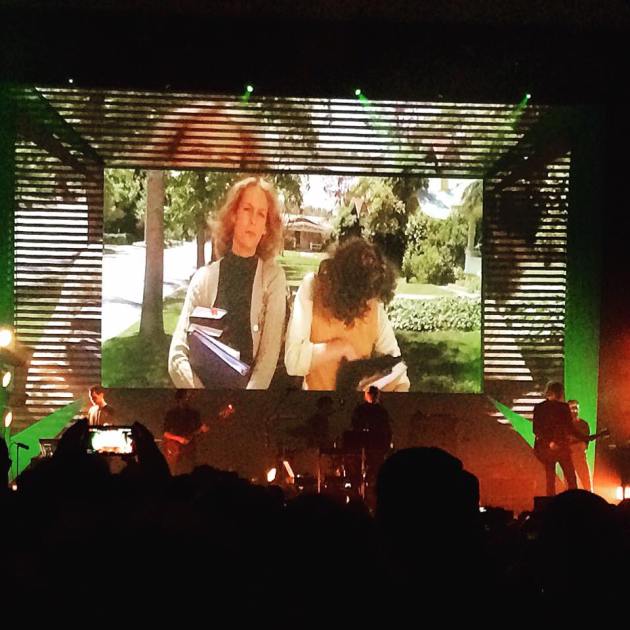EMI/Manhattan Records, released November 1986
Bought: Our Price Richmond, 1990?
7/10
Flicking through Grace’s well-received memoir recently, I noticed that she rates Inside Story as her favourite album – pretty surprising considering the likes of Nightclubbing and Living My Life nestling in her discography.
But close reading of the small print reveals why it’s her most personal project – she co-wrote every track (with ex-Camera Club/’Slave To The Rhythm’ co-writer Bruce Woolley) and also co-produced the album with Nile Rodgers. And while hardly a classic, Inside Story‘s a much more wholehearted and successful record than the previous year’s Slave To The Rhythm.
It seems pretty inevitable that Nile would end up collaborating with Grace. They were long-time acquaintances on the NY party scene since the Studio 54 days. On paper, he would seem the perfect fit for her, though she barely gets a mention in his excellent memoir ‘Le Freak’ (though he has promised a sequel which will presumably feature her a lot more).
Inside Story‘s lead-off single ‘I’m Not Perfect (But I’m Perfect For You)’ surprisingly didn’t make much impact on the US or UK charts but was a minor hit all over Europe. Its Keith Haring-directed video is particularly striking though, featuring cameos from Andy Warhol and a load of other NY art figures, and there was also an interesting 12″ mix by early house pioneer Larry Levan.
The album is great when it sticks to short, sharp, frivolous pop tunes but comes a bit unstuck when going for something more ambitious.
‘White Collar Crime’ is very much the son of ‘Slave To The Rhythm’, sneaking in a few of that song’s chords and an almost identical two-note verse, but it’s let down by asthmatic synths, a puny drum machine and Nile’s sketchy bass playing, though Lenny Pickett’s punchy horn arrangement is a winner.
The title track is weirdly reminiscent of Leonard Cohen’s ’80s output while ‘Victor Should Have Been A Jazz Musician’ is possibly the standout, namechecking Nina Simone and featuring some lovely Wes Montgomery-style guitar from Rodgers.
Inside Story‘s rhythm section sounds in general are slightly disappointing – Rodgers’ guitar is too low in the mix and a Linn machine takes care of all the drum parts. This suits the mechanized grooves of ‘Barefoot In Beverly Hills’ (almost an example of early house music), ‘Party Girl’ and ‘Scary But Fun’.
But the jazzier tracks are crying out for a real drummer. I wonder why Nile didn’t enlist the services of Mr Steve Ferrone, seeing as they’d recently worked together to superb effect on Al Jarreau’s L Is For Lover and Duran Duran’s Notorious.
Inside Story was not a hit, reaching only #61 in the UK album chart and #81 in the US. It’s unlikely to ever get the re-release/remaster treatment, but sounds pretty good these days.








